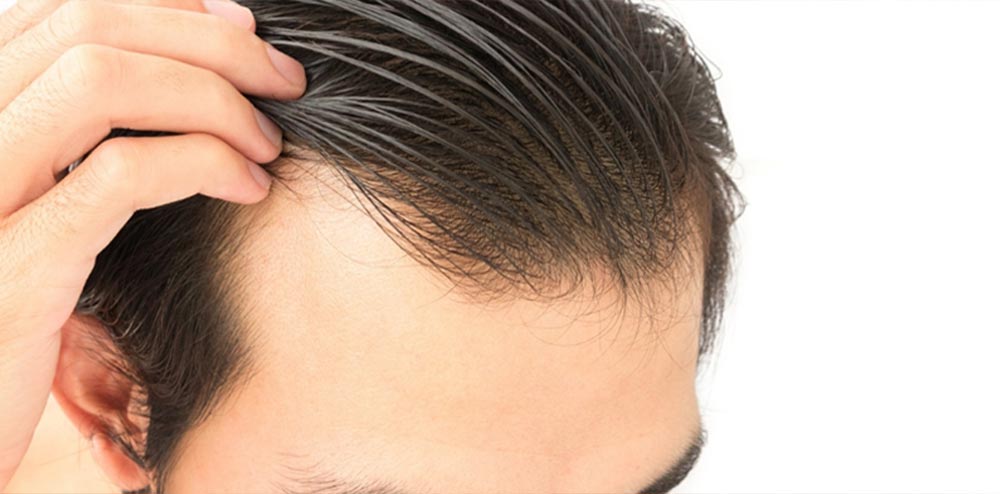What is the structure of hair?
Hair is a thin, keratinous filament that develops from the skin of mammals including humans. Hair has three distinct biological structures:
Hair Shaft: The obvious portion of the hair that protrudes from the skin’s surface. The hair shaft is divided into three layers: the medulla (a central core of cells), the cortex (which covers the medulla), and the cuticle. (a thin, protective layer that covers the cortex).
Hair Root: The part of the hair that is embedded in the epidermis is referred to as the hair root. The hair root grows from the hair follicle, a specialized structure in the epidermis that produces and feeds the hair. The hair base has three layers as well: the medulla, cortex, and cuticle.
Hair Follicle: A complicated structure that surrounds the hair root and is in charge of producing, nourishing, and regulating hair development. The hair follicle is made up of several layers of cells, including the hair bulb (which includes the hair matrix and papilla), the inner root sheath (which surrounds the hair root), and the outer root sheath (which surrounds the hair root). (which surrounds the inner root sheath).
The hair follicle also includes a muscle known as the arrector pili muscle, which causes the hair to stand up when it contracts. (such as when a person is cold or scared). The hair follicle is linked to the sebaceous gland, which secretes sebum, an oily substance that lubricates and protects the hair and epidermis.
Hair Growth Stages
The hair growth cycle is a complex process that consists of three different stages: anagen, catagen, and telogen. These stages occur constantly and repeatedly throughout a person’s life, and the length of each stage varies depending on variables such as genetics, age, and health.
Anagen period: This is the hair cycle’s growth period, during which the hair follicle actively produces new hair cells. This stage can last two to six years, based on the individual’s genetic makeup and other factors.
Catagen Phase: The transitional phase of the hair cycle in which the hair follicle ceases to produce new hair cells and the hair shaft starts to detach from the follicle. This stage lasts approximately two weeks.
Telogen Phase: This is the hair cycle’s resting phase, during which the hair follicle stays inactive and the hair shaft remains attached to the scalp. This stage lasts approximately three months.
The hair follicle starts the anagen phase after the telogen phase, and the cycle begins again. Because not all hair follicles are in the same phase at the same time, hair loss or shedding is a natural component of the hair growth cycle.
Genetics, hormonal changes, age, medications, and underlying medical problems can all have an impact on the hair growth cycle. Individuals can better understand hair loss and possible treatment options if they understand the hair growth cycle.
Finally, hair is a complex structure that develops from the skin of mammals and is composed of three parts: the hair shaft, the hair root, and the hair follicle. The hair growth cycle has three distinct phases: anagen, catagen, and telogen, which occur continuously and repetitively throughout a person’s existence. Hair loss or shedding is a normal part of the hair growth cycle, and many variables can impact it, including genetics, hormonal changes, age, medications, and underlying medical conditions. Individuals can better understand hair loss and possible treatment options if they understand the hair growth cycle.







